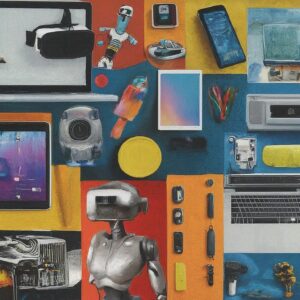The content analysis for this week was on how schools can integrate digital citizenship into existing curricula without it feeling like an ‘add-on. The group that presented this topic did an amazing job of exploring the Saskatchewan curriculum and identifying elements of digital citizenship that could be integrated into some of the themes across the subjects. I think it would be nice to remind ourselves again about the elements of digital citizenship, which include digital access, digital etiquette, digital law, digital commerce, digital communication, digital literacies, digital rights and responsibilities, digital health and wellness, and digital security (self-protection).
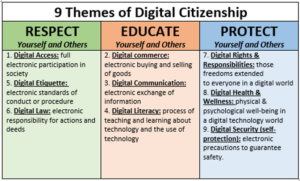
This Photo by Unknown Author is licensed under CC BY
Reflecting on how digital citizenship can be integrated into everyday lessons, Merve and Paul (2018) described five easy ways to do this, and it includes the following:
- Modelling balance and distraction-free time: Educators need to demonstrate healthy technology habits and create a classroom framework that allocates time for maintaining attention and focusing while also encouraging students to reflect on their own technology use and its alignment with their values and goals.
- Using media to start discussions: This requires incorporating popular media such as movies, books, and podcasts to initiate conversations about digital citizenship. This can include using discussion questions or pairing media with relevant lessons to deepen understanding.
- Integrating quick activities: This has to do with utilizing short, video-based lessons that can be easily incorporated into various class periods. These activities can facilitate engaging discussions on digital citizenship and can be adapted for different grade levels.
- Making core subject connections: This involves finding creative ways to connect digital citizenship to core subjects. For example, using data on cellphone use in math lessons or discussing brain chemistry in biology classes can help students understand the implications of technology on their lives.
- Stay updated on trends: This could include signing up for newsletters or resources that provide current information on online trends, which can then be discussed in class. This can help keep the conversation relevant and timely.
Relating the lesson presentation to my class experience, one way that I have integrated digital citizenship into my lesson is through engaging my students in science investigations using the PhET simulation and interactive simulation app. After which they were requested to communicate their findings using graphs. I can also remember giving students project-based activities where they were required to collaboratively research a concept and communicate their findings with one another in preparation for classroom presentations. So, I think there are different ways that elements of digital citizenship can be integrated into existing curriculum or subject without teaching it separately. Reflecting on one of the discussions during the breakout session, I think I can also integrate elements of digital citizenship into the FL10.3 outcome for Financial Literacy 10, which states “Research products and services provided by various financial institutions.”. In meeting this outcome, elements of digital access could be integrated into the activity where students will be allowed to participate in online searches about specific banks to gather information on the services they provide, after which students could communicate this information to people in their community. In the words of Miranda, “digital citizenship can be taught in schools in simple ways without feeling like an add-on”

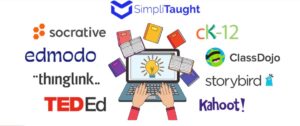

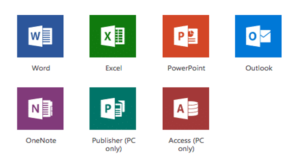 The lesson presented in the 5th class was an important one that focused on various application programs that can be used in today’s digital world. Ayushi, Gagan, and Mohammad did an excellent presentation on
The lesson presented in the 5th class was an important one that focused on various application programs that can be used in today’s digital world. Ayushi, Gagan, and Mohammad did an excellent presentation on 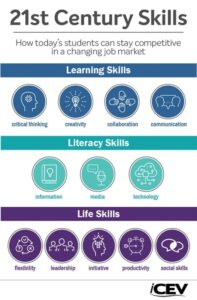

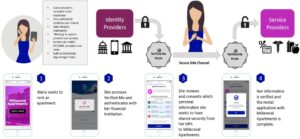



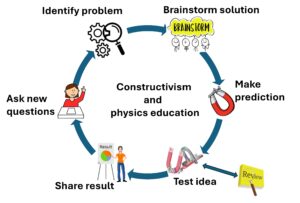

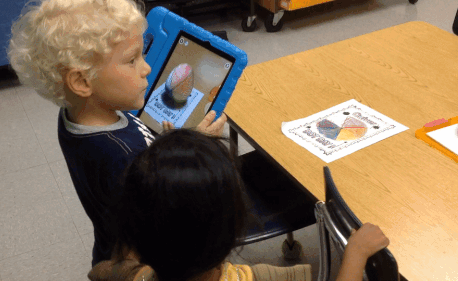 As an educator, I use various online platforms for teaching, and I usually encourage my students to share ideas and discussions on these platforms. A typical example is the use of a discussion board in the Moodle learning management system. I realize that there are some students who find it difficult to express themselves in class, but they easily reply to every post on the discussion board. On the other hand, there are students who never replied to the discussion board. So for these students, I do call them during online presentations to share their thoughts. There are rules guiding the use of this online platform, and I usually tell my students to respect others’ opinions. One thing I also try to do is to give students a project that will require them to search for information online and then do a presentation on that project. However, I usually advise the students to try as much as possible to evaluate the credibility of the online sources they are using and avoid sharing personal information in the online space.
As an educator, I use various online platforms for teaching, and I usually encourage my students to share ideas and discussions on these platforms. A typical example is the use of a discussion board in the Moodle learning management system. I realize that there are some students who find it difficult to express themselves in class, but they easily reply to every post on the discussion board. On the other hand, there are students who never replied to the discussion board. So for these students, I do call them during online presentations to share their thoughts. There are rules guiding the use of this online platform, and I usually tell my students to respect others’ opinions. One thing I also try to do is to give students a project that will require them to search for information online and then do a presentation on that project. However, I usually advise the students to try as much as possible to evaluate the credibility of the online sources they are using and avoid sharing personal information in the online space.

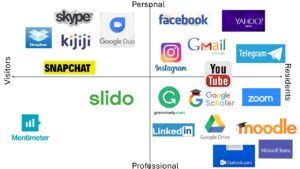 My understanding of “visitors” and “residents” in social media mirrors the tools I use daily. I’m surprised by the extent of my social media toolkit, which I hadn’t fully realized before.
My understanding of “visitors” and “residents” in social media mirrors the tools I use daily. I’m surprised by the extent of my social media toolkit, which I hadn’t fully realized before.
